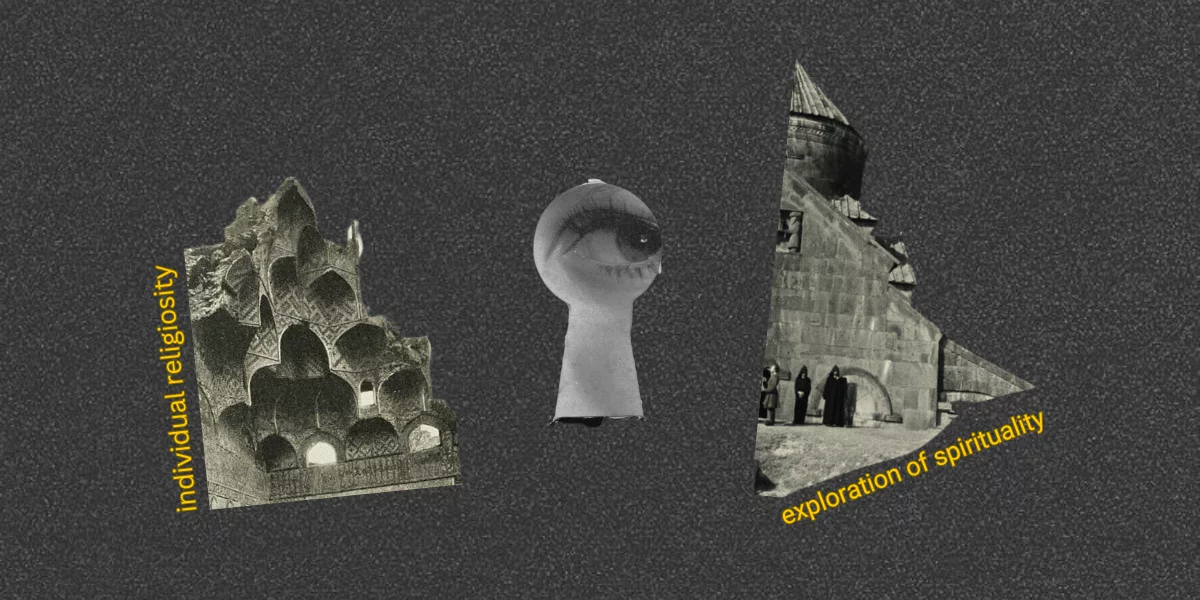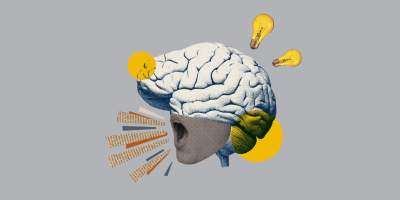
Critical thinking and religious studies combine into the course, Comparative Religion, which offers students a way to learn about religions and understand how different beliefs formed around the world. Dr. Harutyun Harutyunyan, an Adjunct Lecturer at AUA, teaches the course. He highlights that students should form an objective view of different beliefs like Christianity, Buddhism or Animism to become skilled religious scholars.
Dr. Harutyunyan’s interest in researching and learning about different cultural contexts came from his desire to question religious aspects of life. “I was very interested in philosophical questions, Christian confessions and the dialogue of world religions, as well as intercultural theology,” he says.
When he first started teaching at AUA, Dr. Harutyunyan thought he would have a class of “four or five students” because he thought students would not be interested. But his classes have 30 students enrolled every semester, which surprised him. He hopes that every student who enrolls is excited about tackling the same questions as much as he is.
Religion studies involve complex and controversial issues that students must debate and discuss. The instructor emphasizes that students generally oppose or criticize organized religions, blaming them for conflict and manipulating people. To challenge students’ perspectives, he mentions religion’s ability to teach people how to fight against their fears and gain wisdom. Even if students initially ignore these factors, Dr. Harutyunyan hopes students develop an open mind on religion and recognize its positives and negatives.
Hakob Janesian, a DS junior, is taking Comparative Religion this semester. He explains that he wants to learn about the similarities and differences between various religions and how they influence each other.
Comparative Religion helped students like Janesian discover new religions. “The most significant finding for me was the religion called Jainism,” he suggests. “It embraces the idea of the interconnectedness of living beings, the circle of Samsara, and shows the way of escaping from the wheel of rebirth. However, Jainism uniquely presents the path of severe self-denial,” he explains.
Janesian considers the relationship between religion and other parts of human life—art, science and politics—are vital. He thinks one must know religion to understand its impact on these aspects of life.
The instructor explores different topics through more than lectures. He wants students to have different types of assignments to engage them. Group presentations and assignments push students to work together and offer opportunities to discuss religious topics.
Compared to Introduction to Religion, Dr. Harutyunyan mentions that the course’s focus on fewer topics gives him and his students more time to analyze readings on each religion comprehensively.
Religion in today’s world is an important topic for Dr. Harutyunyan, and he explains how students can apply what they learn in his class to their daily lives. “The link that I see is that students are interested in individual religiosity or the exploration of spirituality through yoga, dancing, or even drugs,” he asserts. He says he wants students to feel prepared when learning about different religions, and having an academic background helps this process.
“Read as much as you can and travel as much as you can,” says Dr. Harutyunyan. To understand a culture fully, staying in a different place for two years is what he recommends.






